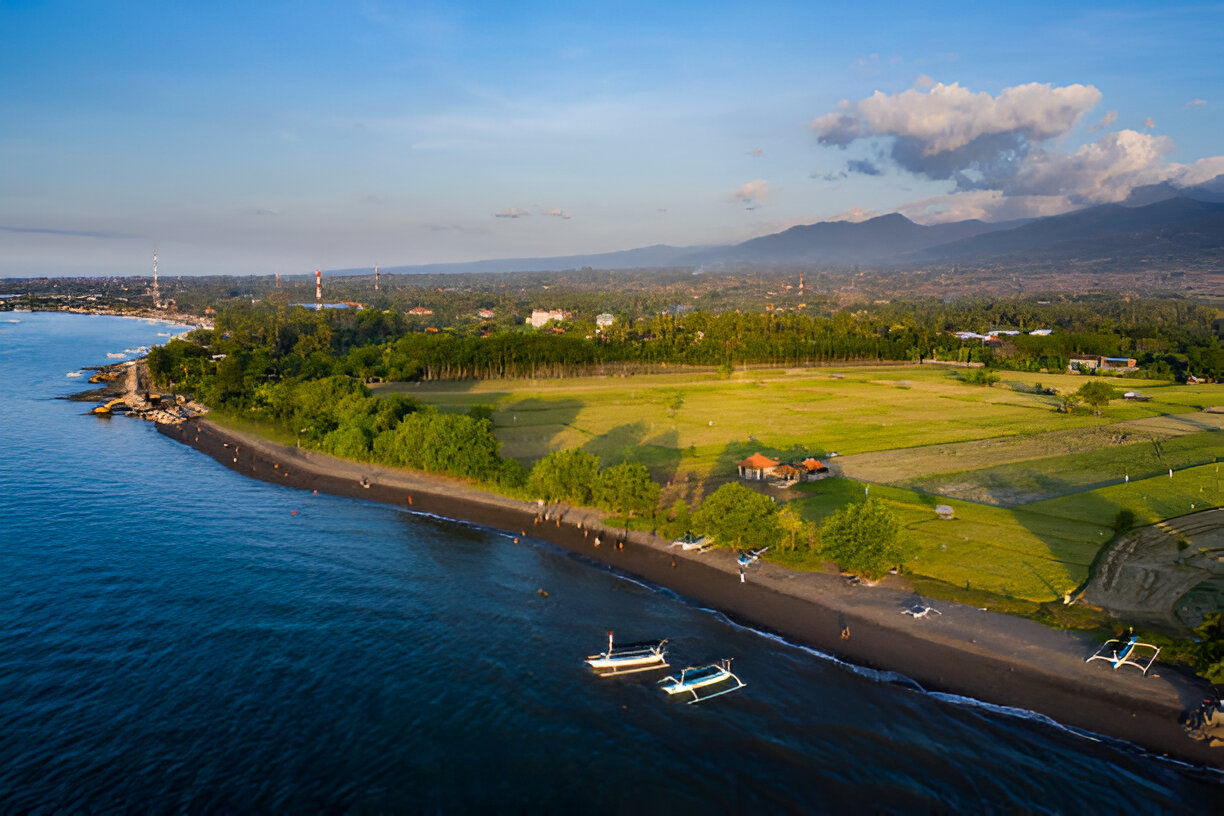With an increasing demand for meaningful and eco-conscious travel, tourism villages are becoming the heartbeat of Bali’s tourism future. They promise not just a visit but a chance to connect with the island’s soul. Discover how these villages are reshaping Bali’s tourism landscape and why they’re set to become the must-visit destinations of tomorrow.
With an increasing demand for meaningful and eco-conscious travel, tourism villages are becoming the heartbeat of Bali’s travel in the future.
A Shift Toward Authentic Experiences
Modern travelers are moving away from crowded tourist hotspots, drawn instead to experiences that allow them to connect with local culture and nature. Tourism villages cater to this demand by providing an intimate glimpse into the lives of Bali’s communities. These villages often maintain centuries-old traditions, from architecture and art to ceremonies and daily practices. By exploring these destinations, visitors can appreciate Bali’s vibrant heritage and unique way of life while supporting local economies directly.

This shift also supports environmental conservation. Many tourism villages limit development to prevent damage to natural ecosystems, ensuring that their attractions remain pristine and inviting for future generations. This model resonates with visitors who value eco-friendly tourism options and are willing to contribute to sustainability initiatives.
The Success of Bali’s Tourism Villages
Bali’s tourism villages have become leading examples of how this model can thrive. Penglipuran Village in Bangli Regency is internationally recognized as one of the world’s cleanest villages, drawing visitors with its pedestrian-friendly layout, lush bamboo forests, and beautifully preserved traditional homes. Tourists can stroll along its central walkway, visit temples, and interact with residents who are proud custodians of their heritage. Penglipuran’s success demonstrates how a tourism village can balance visitor access with cultural preservation and environmental care.

Another standout is Les Village in Buleleng, recently named one of Indonesia’s top fifty tourism villages. Nestled along Bali’s northeastern coast, Les Village showcases its natural wonders, such as Yeh Mampeh Waterfall and Bembeng Beach. The waterfall offers a serene escape, with its 40-meter cascade surrounded by dense jungle, while Bembeng Beach provides a tranquil retreat with palm-lined shores and breathtaking sunsets. These attractions remain largely untouched by large-scale development, allowing visitors to experience Bali’s raw beauty.
Why Tourism Villages are the Future
Tourism villages are poised to become the cornerstone of Bali’s tourism strategy because they address critical challenges facing the industry today. Rapid development in urban areas has led to concerns about over-tourism, environmental degradation, and the erosion of Balinese culture. By focusing on small-scale, community-driven tourism, these villages offer a sustainable alternative that benefits everyone involved.
From an environmental perspective, tourism villages serve as protectors of Bali’s natural resources. They adopt eco-friendly practices, such as waste management systems, renewable energy use, and conservation programs, to minimize their ecological footprint. At the same time, they encourage visitors to adopt sustainable habits, such as reducing waste and respecting local customs.

Culturally, tourism villages are guardians of Bali’s identity. They provide a platform for traditional crafts, performances, and ceremonies, ensuring that these art forms remain relevant and appreciated. Visitors not only learn about Balinese culture but also develop a deeper respect for the values that define the island’s way of life.
Economically, tourism villages empower local communities by creating jobs, supporting small businesses, and redistributing the benefits of tourism more evenly. Residents become active participants in the industry, offering guided tours, hosting homestays, or sharing their skills in cooking and craftsmanship. This inclusive approach fosters pride among locals while providing visitors with a richer, more personal experience.
A Vision of Sustainable Tourism
The Indonesian Tourism Village Awards highlight the importance of this model in shaping the future of travel. The 2024 theme, “Tourism Villages Towards World Class Green Tourism,” aligns with Bali’s efforts to prioritize sustainability and cultural integrity. By spotlighting villages like Penglipuran and Les, these awards inspire other destinations to adopt similar practices and uphold the principles of responsible tourism.

The commitment to sustainability is especially significant given the challenges Bali faces. Rapid urbanization and the island’s booming popularity have strained its resources and tested its resilience. Tourism villages offer a solution by promoting balance—preserving what makes Bali special while embracing the economic opportunities that tourism provides.
The Role of Travelers
For tourism villages to truly succeed, travelers must also play their part. Choosing to visit these destinations means supporting their efforts to protect the environment and maintain cultural authenticity. Visitors are encouraged to respect local customs, minimize waste, and engage with communities in meaningful ways. By doing so, they contribute to the longevity of these unique villages and their invaluable contributions to Bali’s tourism landscape.

Looking Ahead
The rise of tourism villages signals a new era for Bali’s tourism industry—one that values sustainability, authenticity, and community empowerment. Destinations like Penglipuran and Les demonstrate how this model can create meaningful experiences while addressing the pressing issues of over-tourism and environmental degradation. As Bali continues to innovate and adapt, tourism villages will undoubtedly play a central role in shaping its future, offering travelers a chance to discover the island’s true heart.




 Billy Bagus
Billy Bagus
 Dec 13, 2024
Dec 13, 2024






